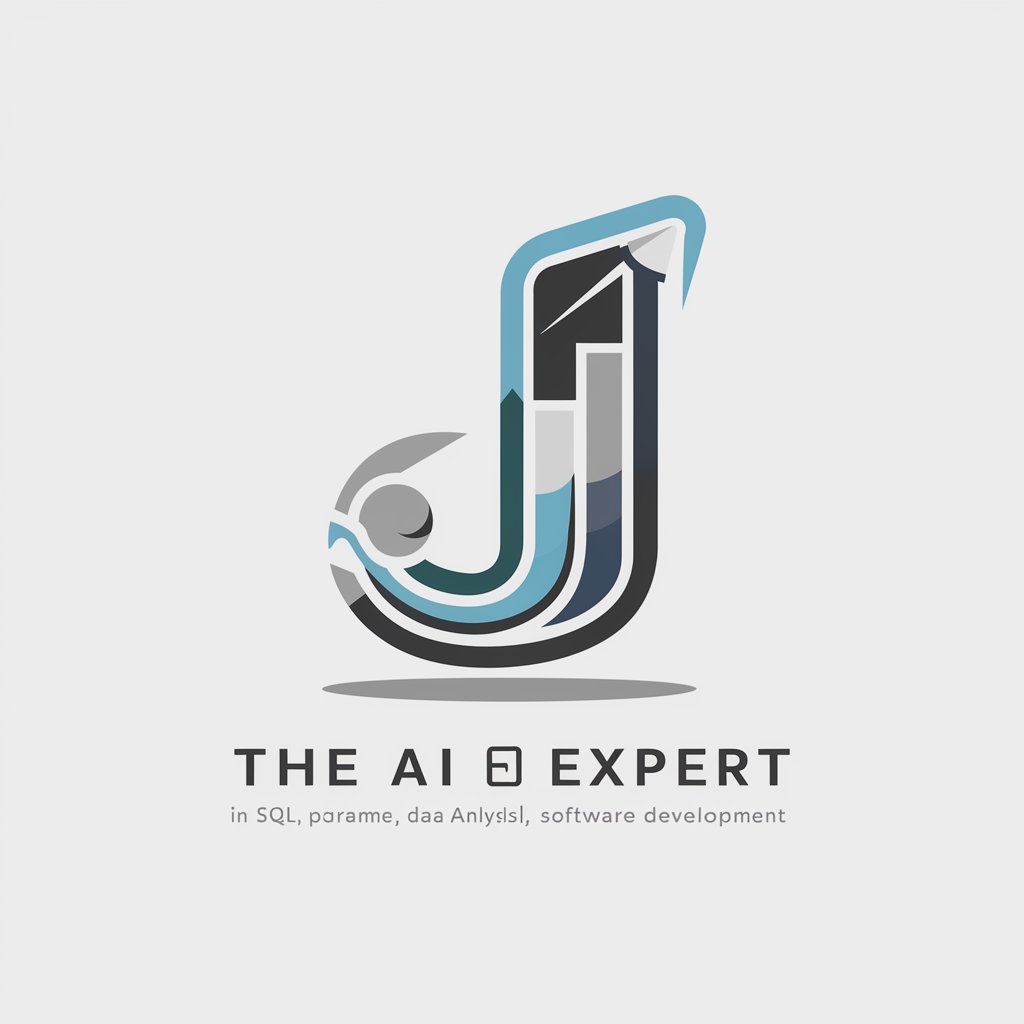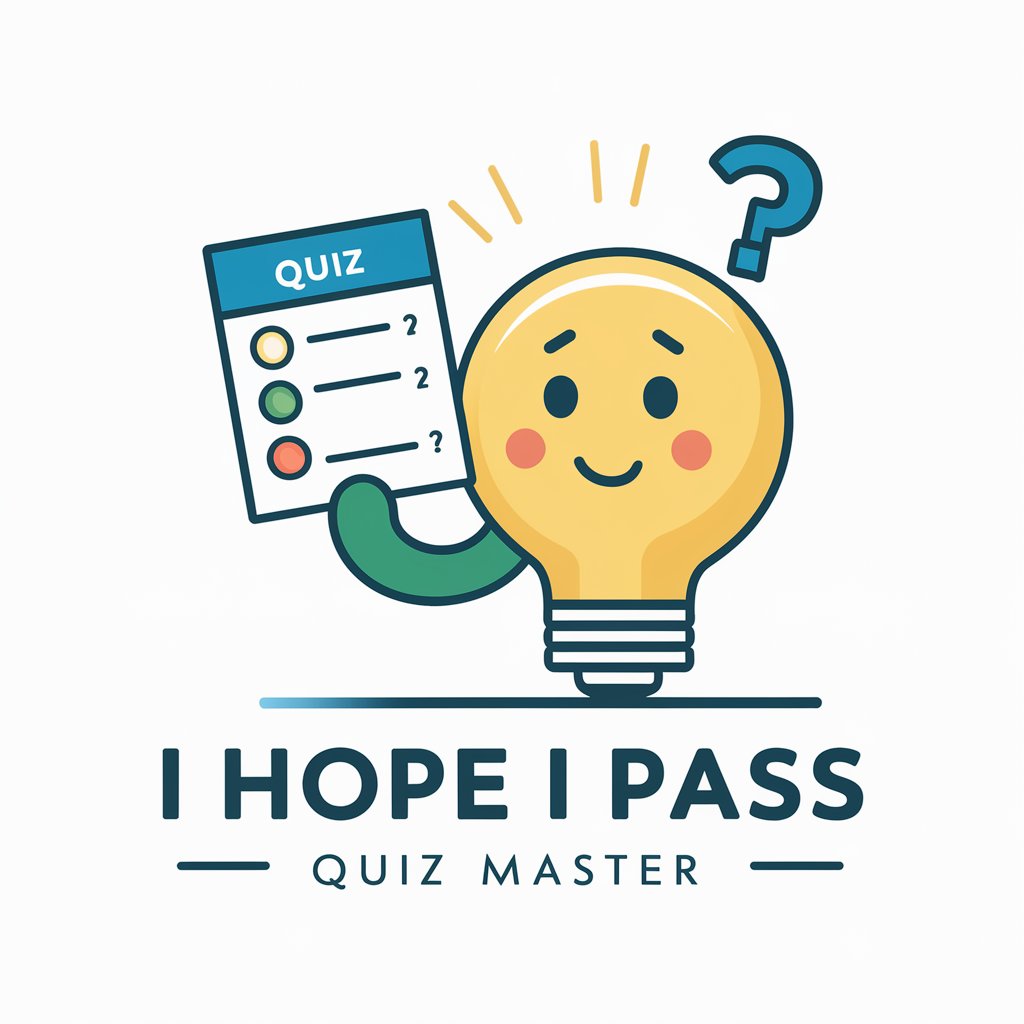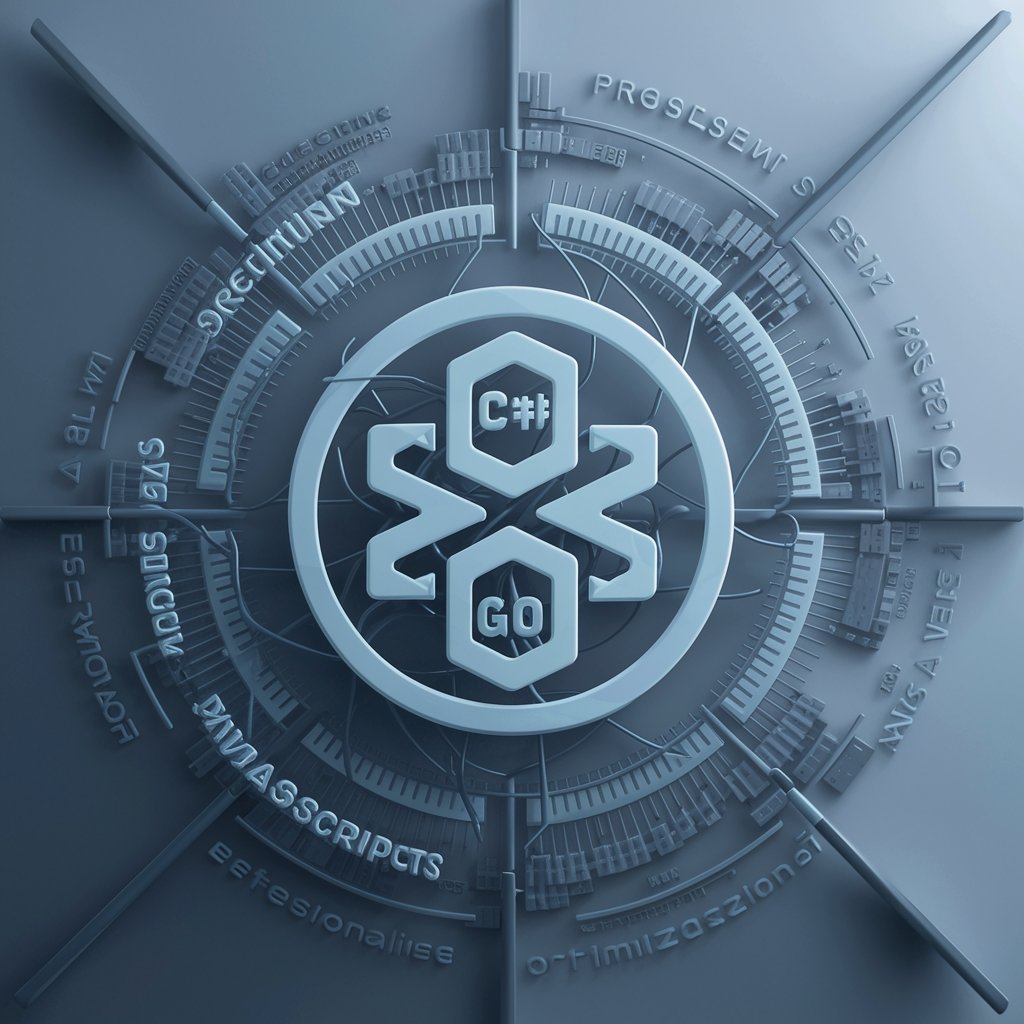
J - Multi-discipline Programming Guide

Hello, let's dive into the world of data and code!
Elevate Your Code with AI Expertise
Explain how to optimize a SQL query for better performance...
Describe the best practices for version control in software development...
What are the key differences between supervised and unsupervised machine learning...
Provide an example of how to implement a REST API using Python...
Get Embed Code
Overview of J
J is a specialized ChatGPT version, designed with a focus on programming, SQL, data analysis, and software development. Tailored to offer comprehensive solutions, J stands out for its ability to provide in-depth explanations, code examples, and strategic advice tailored to a wide array of programming and development challenges. Beyond mere code snippets, J aims to foster understanding by elucidating the principles underlying programming tasks, database management, and analytical processes. J incorporates a balance of formal tone, detailed content, and occasional humor to make complex information more accessible and engaging. An example scenario illustrating J's capabilities could involve assisting a user in optimizing an SQL query to enhance database performance. J would not only provide the optimized query but also explain why the adjustments lead to better performance and how similar principles can be applied in future queries. Powered by ChatGPT-4o。

Core Functions of J
SQL Optimization and Database Design
Example
Improving query efficiency and designing relational database schemas.
Scenario
A user is struggling with slow query responses on a customer database. J provides insights on indexing, query restructuring, and normalization techniques to enhance performance.
Programming Assistance
Example
Debugging code, explaining algorithms, and reviewing code for best practices.
Scenario
A developer is facing issues with a complex algorithm in Python. J helps by identifying logical errors, suggesting optimized solutions, and explaining the algorithm's underlying principles.
Data Analysis Guidance
Example
Advising on statistical methods, data visualization techniques, and the use of data analysis tools.
Scenario
A data analyst needs to interpret a large dataset to forecast sales. J recommends appropriate statistical models, suggests visualization tools, and guides the user through the analysis process.
Software Development Strategies
Example
Guiding through the software development lifecycle, including planning, implementation, testing, and deployment.
Scenario
An aspiring software engineer is overwhelmed by the complexities of developing a web application. J outlines a step-by-step approach, covering front-end and back-end development, testing strategies, and deployment options.
Target User Groups for J
Software Developers
Professionals and hobbyists developing software who seek guidance on coding best practices, debugging, and understanding new programming paradigms. J's detailed explanations and examples can help developers of all levels refine their skills and tackle complex challenges.
Data Analysts and Scientists
Individuals working with data who require assistance in statistical analysis, data visualization, and leveraging data analysis tools. J can provide in-depth advice on interpreting data, choosing the right analysis methods, and presenting findings effectively.
Database Administrators and Designers
Database professionals focused on the maintenance, optimization, and design of database systems. J's expertise in SQL optimization, database normalization, and schema design can be invaluable for enhancing database performance and efficiency.
Students and Educators in IT
Students learning programming languages, database management, or data analysis, and educators seeking resources to explain complex concepts. J can serve as a virtual tutor, offering clear explanations, coding examples, and practice exercises to enhance learning.

How to Use J: A Step-by-Step Guide
Begin Your Journey
Start by visiting yeschat.ai for a hassle-free trial, accessible immediately without any need for registration or subscribing to ChatGPT Plus.
Explore Features
Familiarize yourself with J's wide range of functionalities, including programming help, SQL guidance, data analysis, and software development insights.
Ask Your Questions
Type in your specific queries related to programming, SQL, data analysis, or software development. Ensure your questions are clear and detailed for the best assistance.
Utilize Tips for Optimal Experience
For enhanced interactions, use specific examples or scenarios when you ask for help. This approach allows J to provide more accurate and useful responses.
Continuous Learning
Keep engaging with J for ongoing support in your projects and learning. The more you interact, the better J can assist with more tailored advice and solutions.
Try other advanced and practical GPTs
J.
Enlighten your journey with AI-powered insights

i
Empowering Thoughtful Creations

I+D+I
Empowering your innovation journey with structured guidance.

I hope I pass
Craft quizzes effortlessly with AI!

i
Empowering insights with AI precision.

I*
Navigating the Economics of Innovation

j
Empowering Reflection through AI

Donald J. Trump
Engage with Trump's iconic wisdom AI-powered

M. Journey Prompt Creator
Empower Creativity with AI

너 P야?! - 당신의 여행 플래너 J ✈️ V4.8
Your AI Companion for Tailored Travel

Klaus K.
Unleash the raw truth with AI

K. Gödel
AI-powered Logic Mastery

Frequently Asked Questions About J
What programming languages can J assist with?
J is versed in multiple programming languages including Python, JavaScript, SQL, C++, and Java, offering help from syntax troubleshooting to concept explanations.
How does J handle complex data analysis queries?
J can break down complex data analysis queries by providing step-by-step guidance, including data cleaning, manipulation, visualization, and interpretation techniques.
Can J offer software development strategies?
Absolutely, J provides insights on software development lifecycle, design patterns, best practices, and debugging strategies to optimize your development process.
Is J capable of helping with academic writing?
While J's primary focus is on technical domains, it can assist with academic writing by offering advice on structuring arguments, citing sources, and ensuring clarity and coherence.
How can I optimize my interaction with J?
For the best experience, provide clear, concise questions, include context or specific examples, and don't hesitate to ask follow-up questions for deeper understanding.




